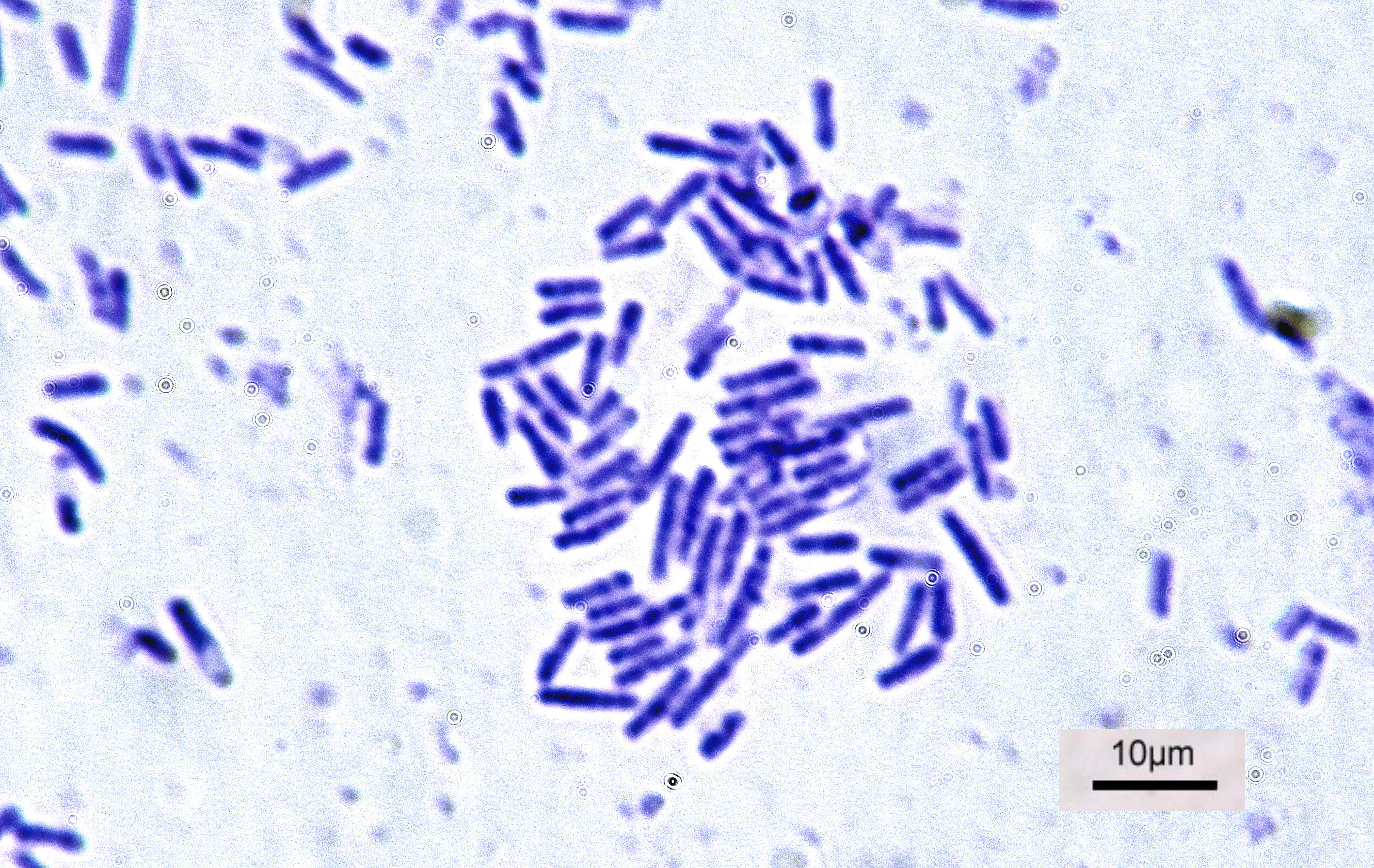|
Bacillus Atrophaeus
''Bacillus atrophaeus'' is a species of black-pigmented bacteria. Its type strain is NRRL NRS-213. ''B. atrophaeus'' strains have been used extensively in biomedicine as indicator strains for heat- and chemical-based decontamination regimens. Most of the strains in use are derivatives of a lineage of ''B. atrophaeus'' that originated at Camp Detrick Fort Detrick () is a United States Army Futures Command installation located in Frederick, Maryland. Historically, Fort Detrick was the center of the U.S. biological weapons program from 1943 to 1969. Since the discontinuation of that program, it ... in the 1950s, where many modern biocontainment procedures were developed. ''B. atrophaeus'' has historically been known by several other names, including ''B. globigii'' (the origin of its military moniker "BG") and ''B. subtilis'' var. ''niger''. Modern phylogenetic analyses using multiple genetic methods have placed ''B. atrophaeus'' close to '' B. subtilis''. Its original and still m ... [...More Info...] [...Related Items...] OR: [Wikipedia] [Google] [Baidu] |
Fort Detrick
Fort Detrick () is a United States Army Futures Command installation located in Frederick, Maryland. Historically, Fort Detrick was the center of the U.S. biological weapons program from 1943 to 1969. Since the discontinuation of that program, it has hosted most elements of the United States biological defense program. As of the early 2010s, Fort Detrick's campus supports a multi-governmental community that conducts biomedical research and development, medical materiel management, global medical communications and the study of foreign plant pathogens. The lab is known to research pathogens such as Ebola and smallpox. It is home to the U.S. Army Medical Research and Development Command (USAMRDC), with its bio-defense agency, the U.S. Army Medical Research Institute of Infectious Diseases (USAMRIID). It also hosts the National Cancer Institute-Frederick (NCI-Frederick) and is home to the National Interagency Confederation for Biological Research (NICBR) and National Interage ... [...More Info...] [...Related Items...] OR: [Wikipedia] [Google] [Baidu] |
Bacillus Subtilis
''Bacillus subtilis'', known also as the hay bacillus or grass bacillus, is a Gram-positive, catalase-positive bacterium, found in soil and the gastrointestinal tract of ruminants, humans and marine sponges. As a member of the genus '' Bacillus'', ''B. subtilis'' is rod-shaped, and can form a tough, protective endospore, allowing it to tolerate extreme environmental conditions. ''B. subtilis'' has historically been classified as an obligate aerobe, though evidence exists that it is a facultative anaerobe. ''B. subtilis'' is considered the best studied Gram-positive bacterium and a model organism to study bacterial chromosome replication and cell differentiation. It is one of the bacterial champions in secreted enzyme production and used on an industrial scale by biotechnology companies. Description ''Bacillus subtilis'' is a Gram-positive bacterium, rod-shaped and catalase-positive. It was originally named ''Vibrio subtilis'' by Christian Gottfried Ehrenberg, and rena ... [...More Info...] [...Related Items...] OR: [Wikipedia] [Google] [Baidu] |
United States Biological Weapons Program
The United States biological weapons program officially began in spring 1943 on orders from U.S. President Franklin Roosevelt. Research continued following World War II as the U.S. built up a large stockpile of biological agents and weapons. Over the course of its 27-year history, the program weaponized and stockpiled the following seven bio-agents (and pursued basic research on many more): *'' Bacillus anthracis'' ( anthrax) *'' Francisella tularensis'' ( tularemia) *'' Brucella'' spp ( brucellosis) *'' Coxiella burnetii'' ( Q-fever) * Venezuelan equine encephalitis virus * Botulinum toxin ( botulism) * Staphylococcal enterotoxin B Throughout its history, the U.S. bioweapons program was secret. It was later revealed that laboratory and field testing (some of the latter using simulants on non-consenting individuals) had been common. The official policy of the United States was first to deter the use of bio-weapons against U.S. forces and secondarily to retaliate if deterrence fai ... [...More Info...] [...Related Items...] OR: [Wikipedia] [Google] [Baidu] |
Bacillus
''Bacillus'' (Latin "stick") is a genus of Gram-positive, rod-shaped bacteria, a member of the phylum '' Bacillota'', with 266 named species. The term is also used to describe the shape (rod) of other so-shaped bacteria; and the plural ''Bacilli'' is the name of the class of bacteria to which this genus belongs. ''Bacillus'' species can be either obligate aerobes which are dependent on oxygen, or facultative anaerobes which can survive in the absence of oxygen. Cultured ''Bacillus'' species test positive for the enzyme catalase if oxygen has been used or is present. ''Bacillus'' can reduce themselves to oval endospores and can remain in this dormant state for years. The endospore of one species from Morocco is reported to have survived being heated to 420 °C. Endospore formation is usually triggered by a lack of nutrients: the bacterium divides within its cell wall, and one side then engulfs the other. They are not true spores (i.e., not an offspring). Endospore fo ... [...More Info...] [...Related Items...] OR: [Wikipedia] [Google] [Baidu] |
